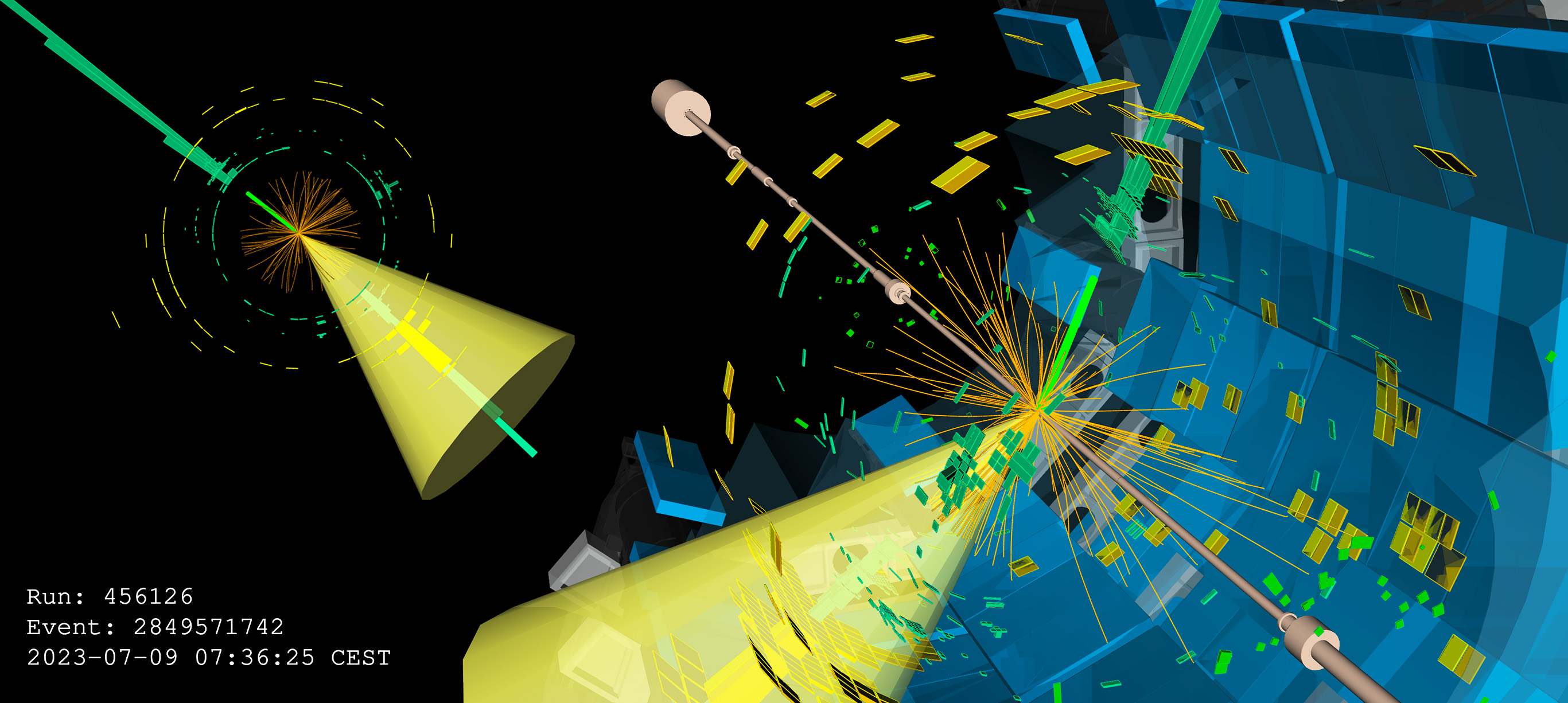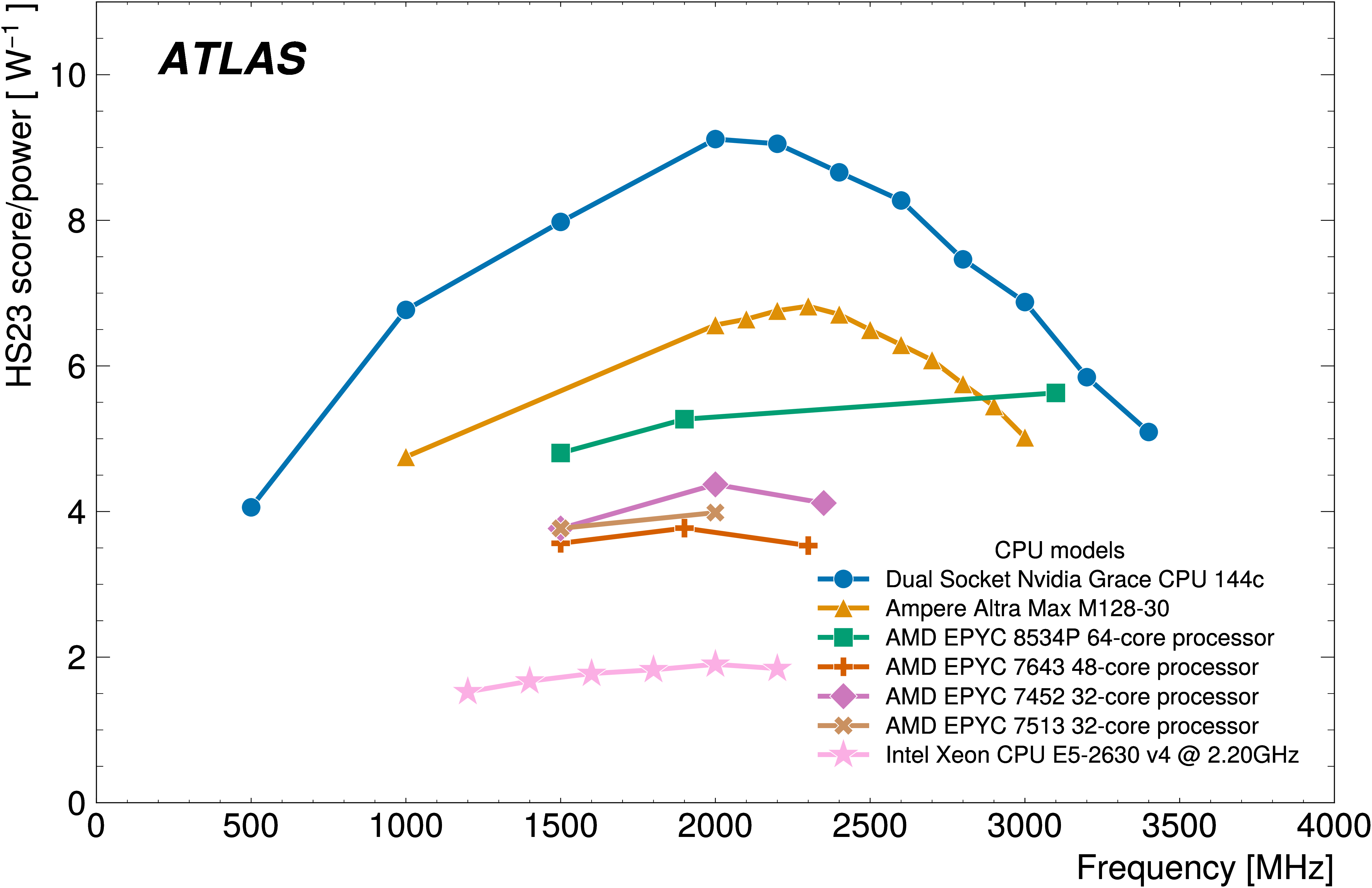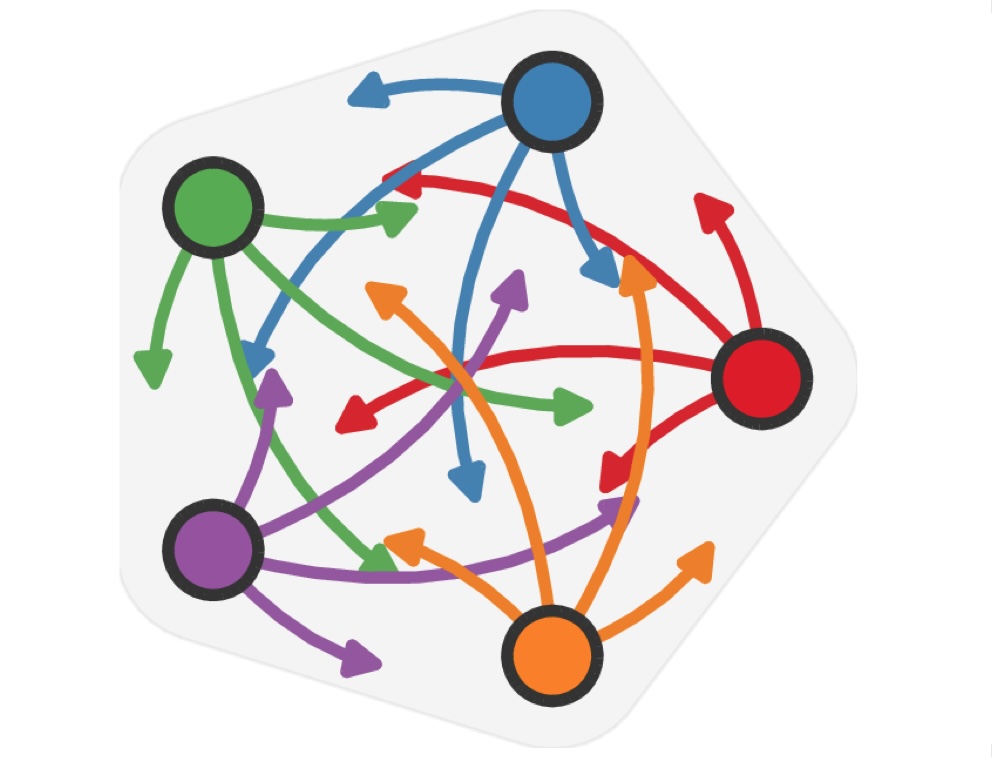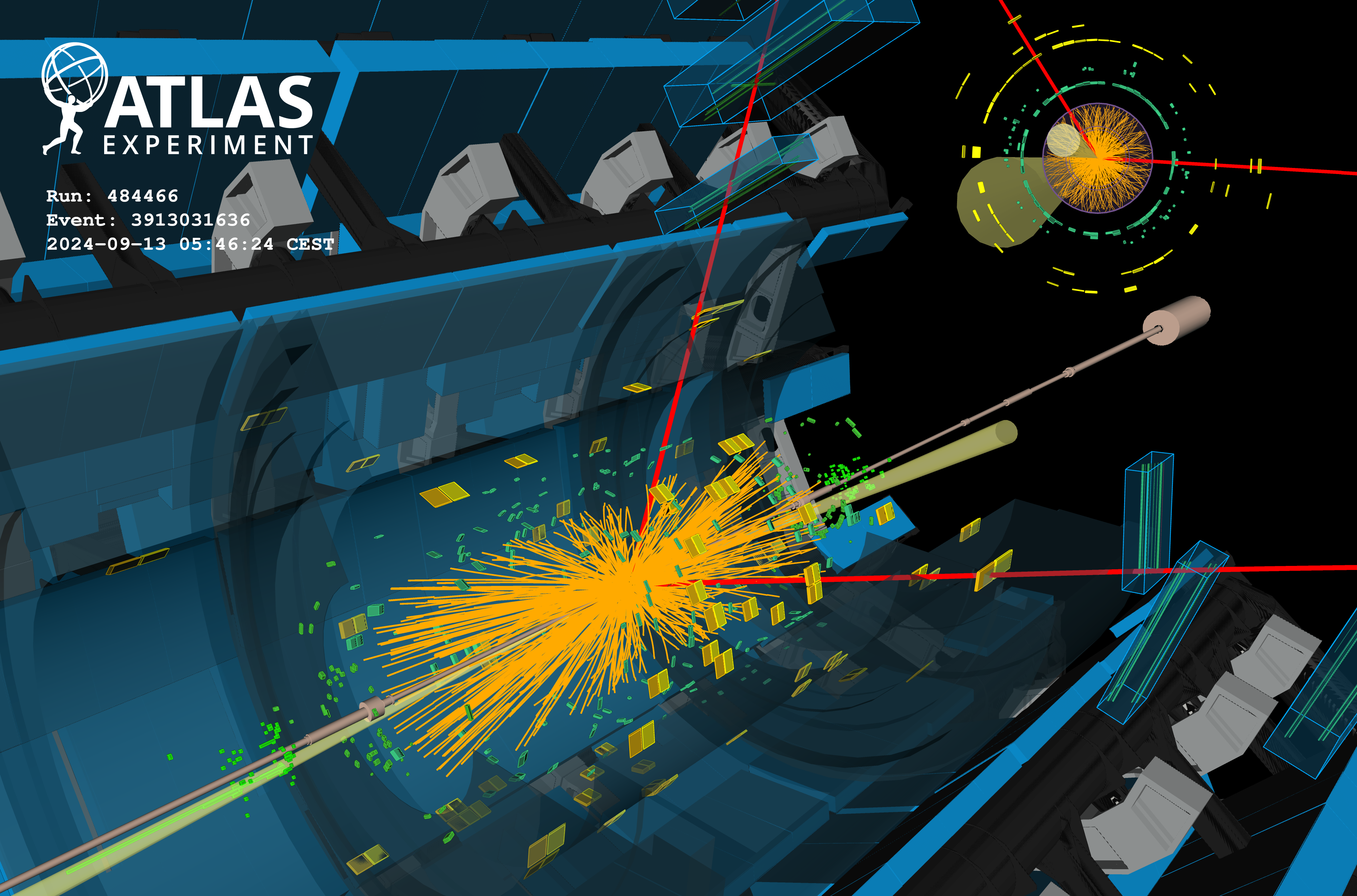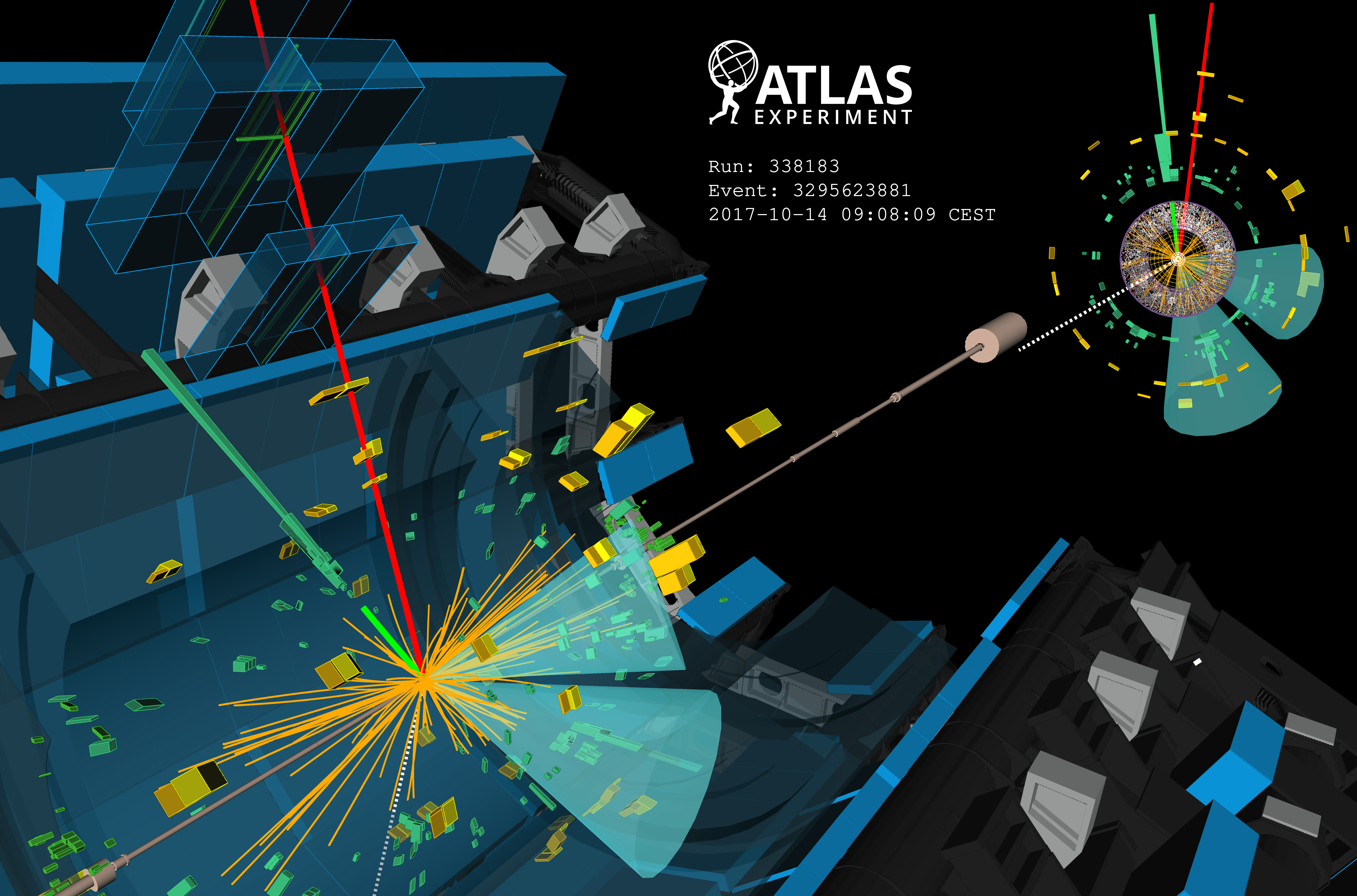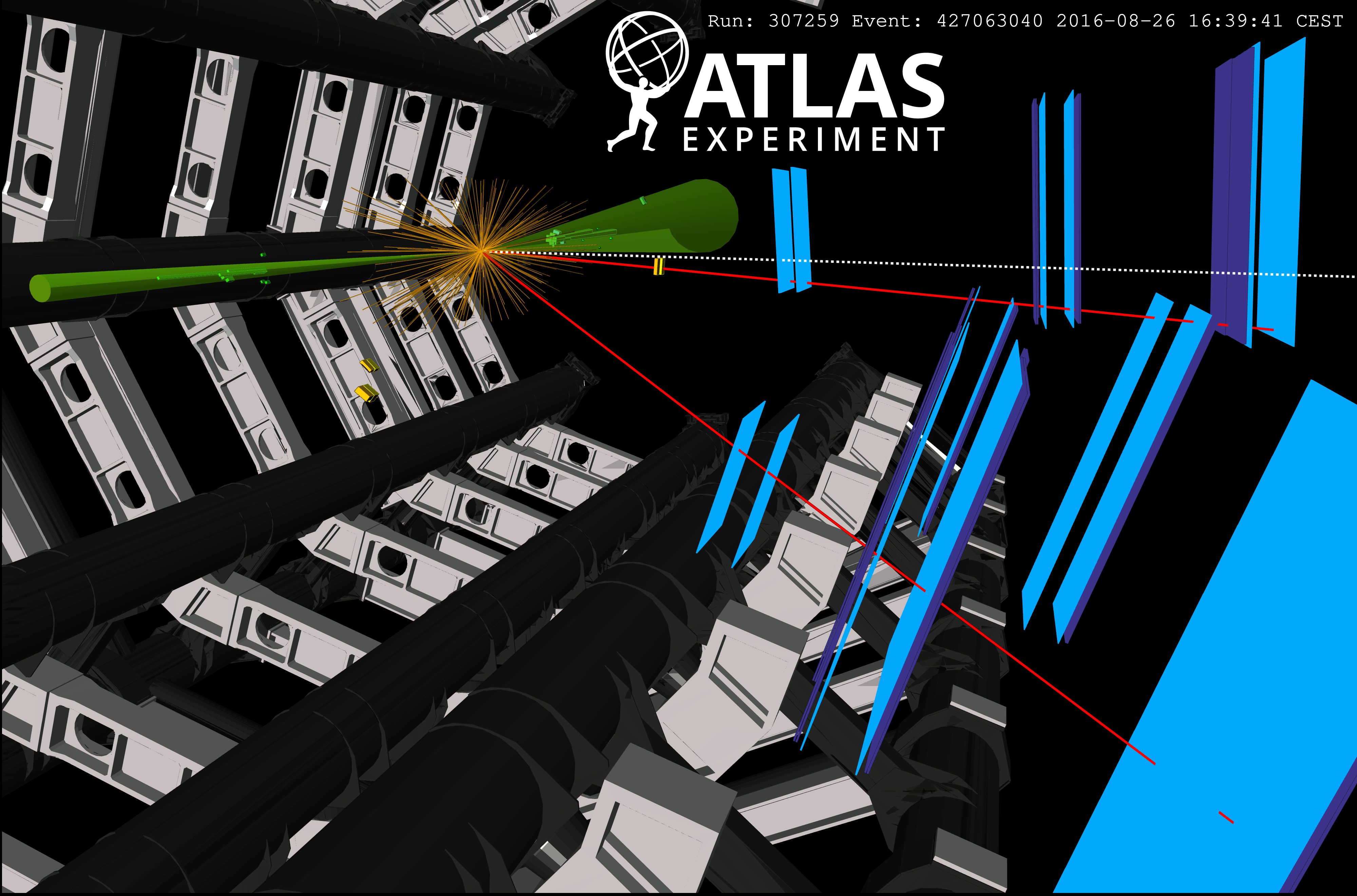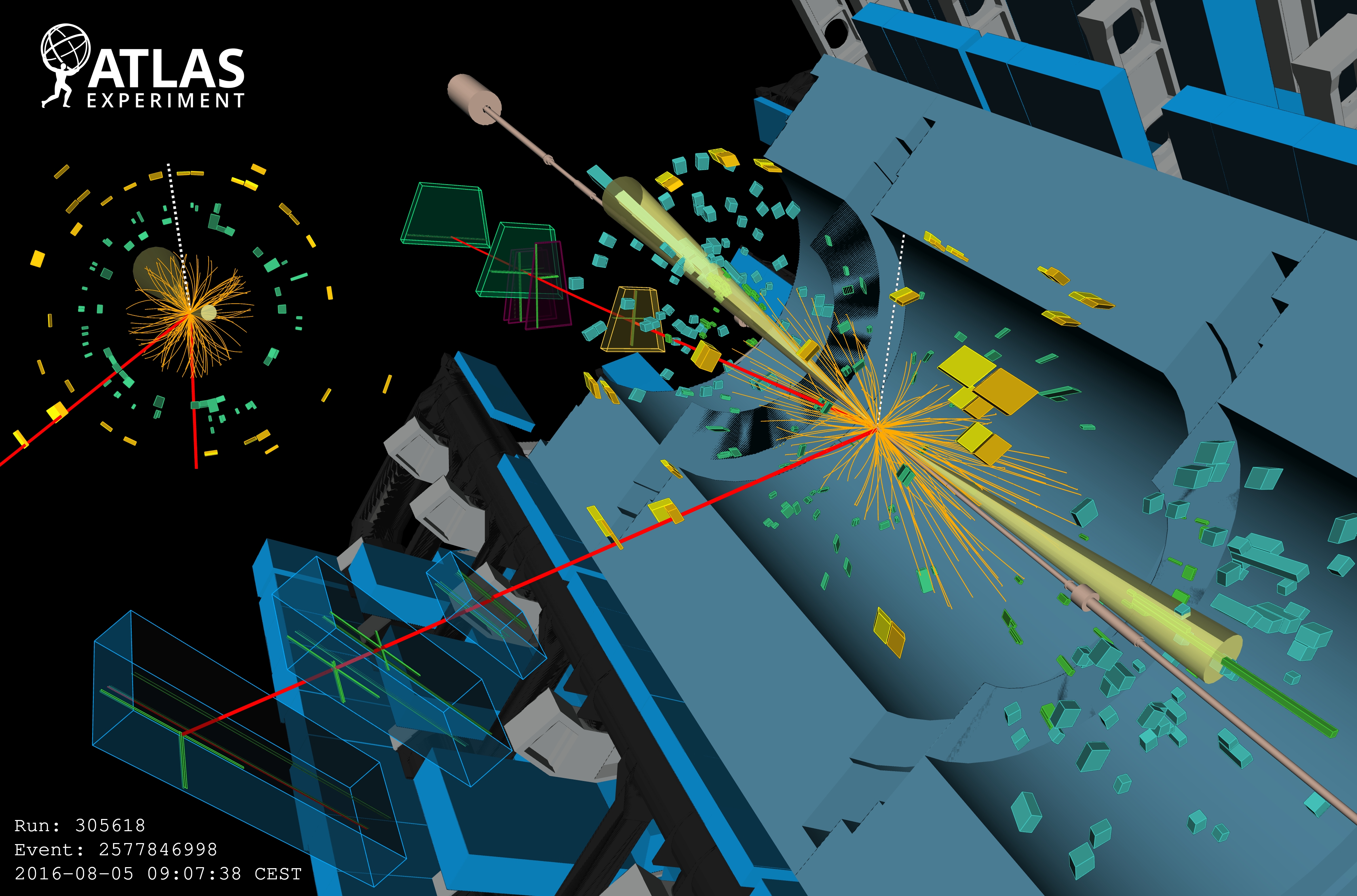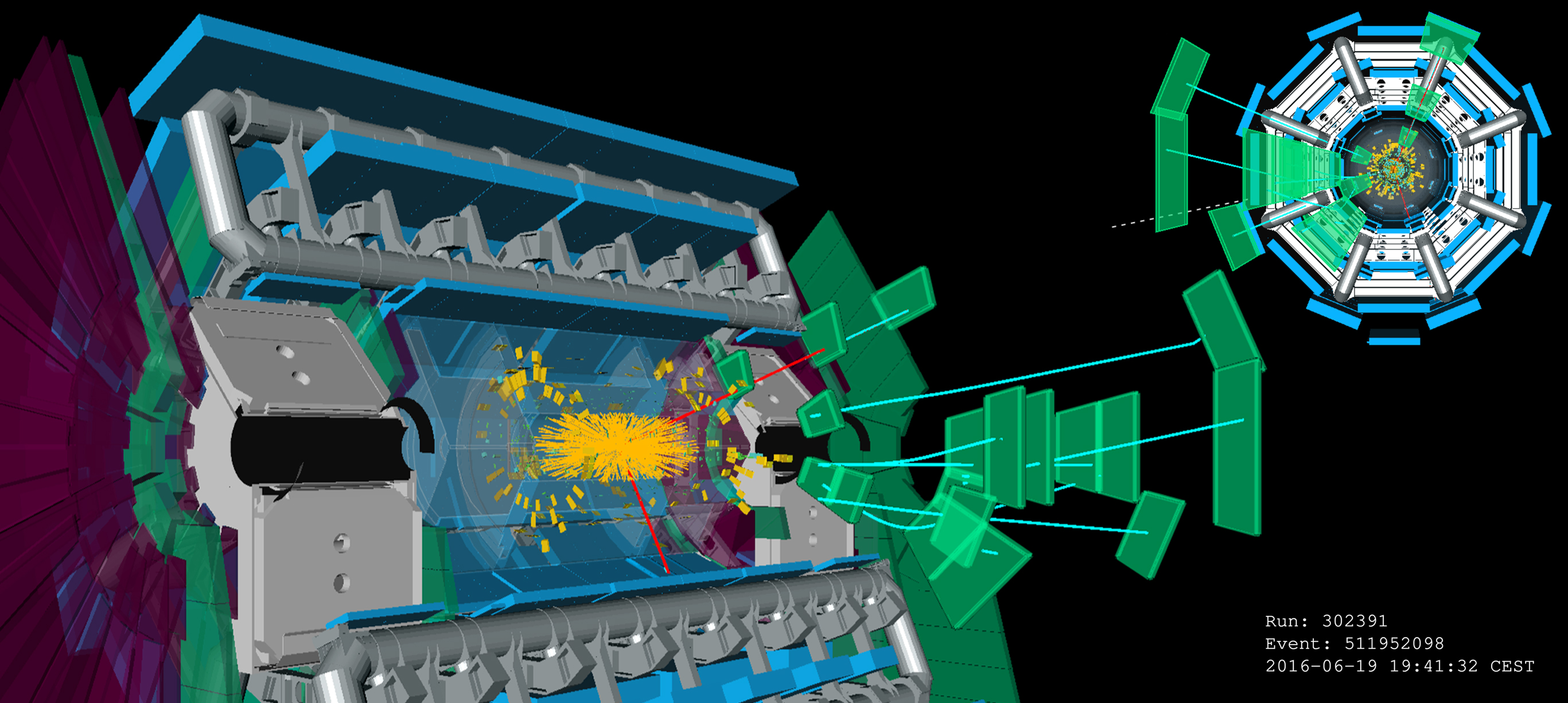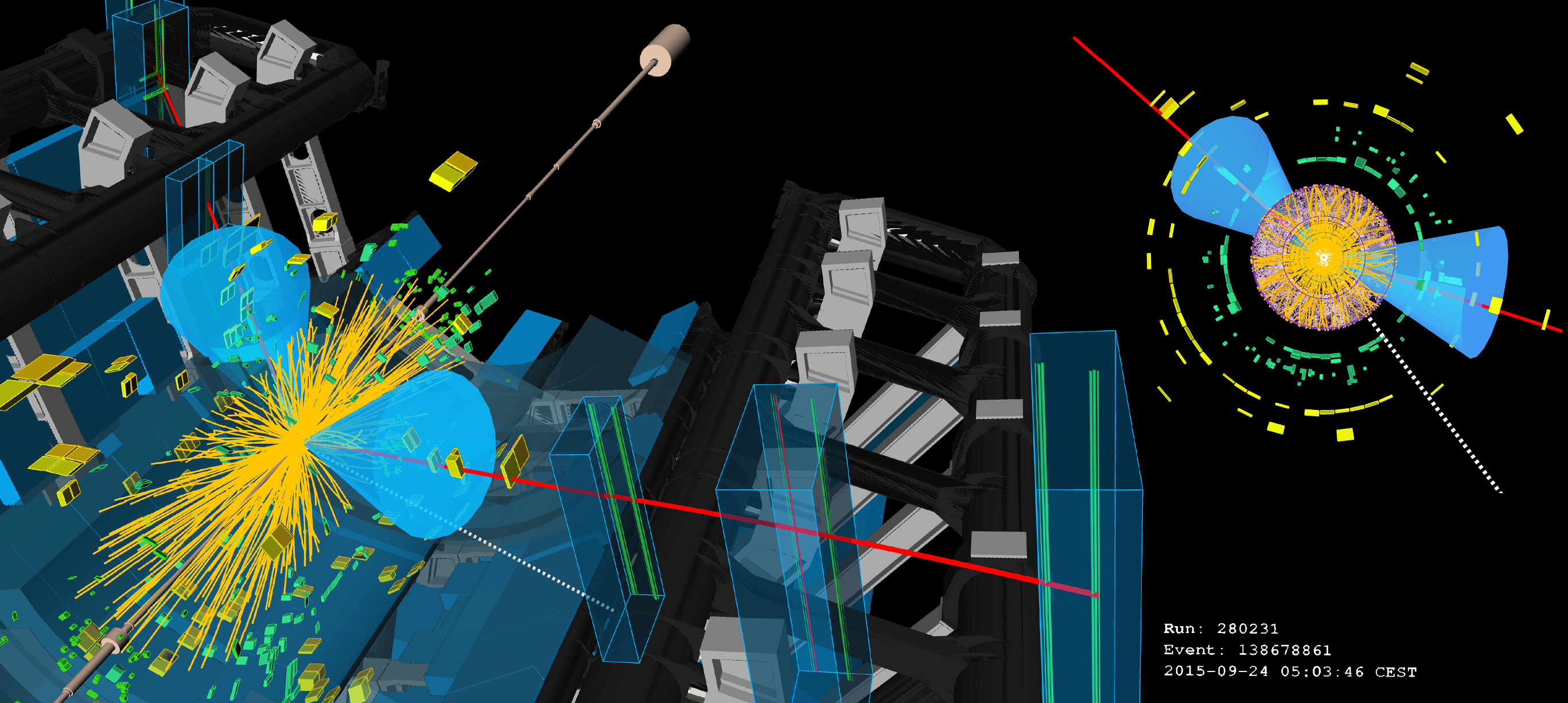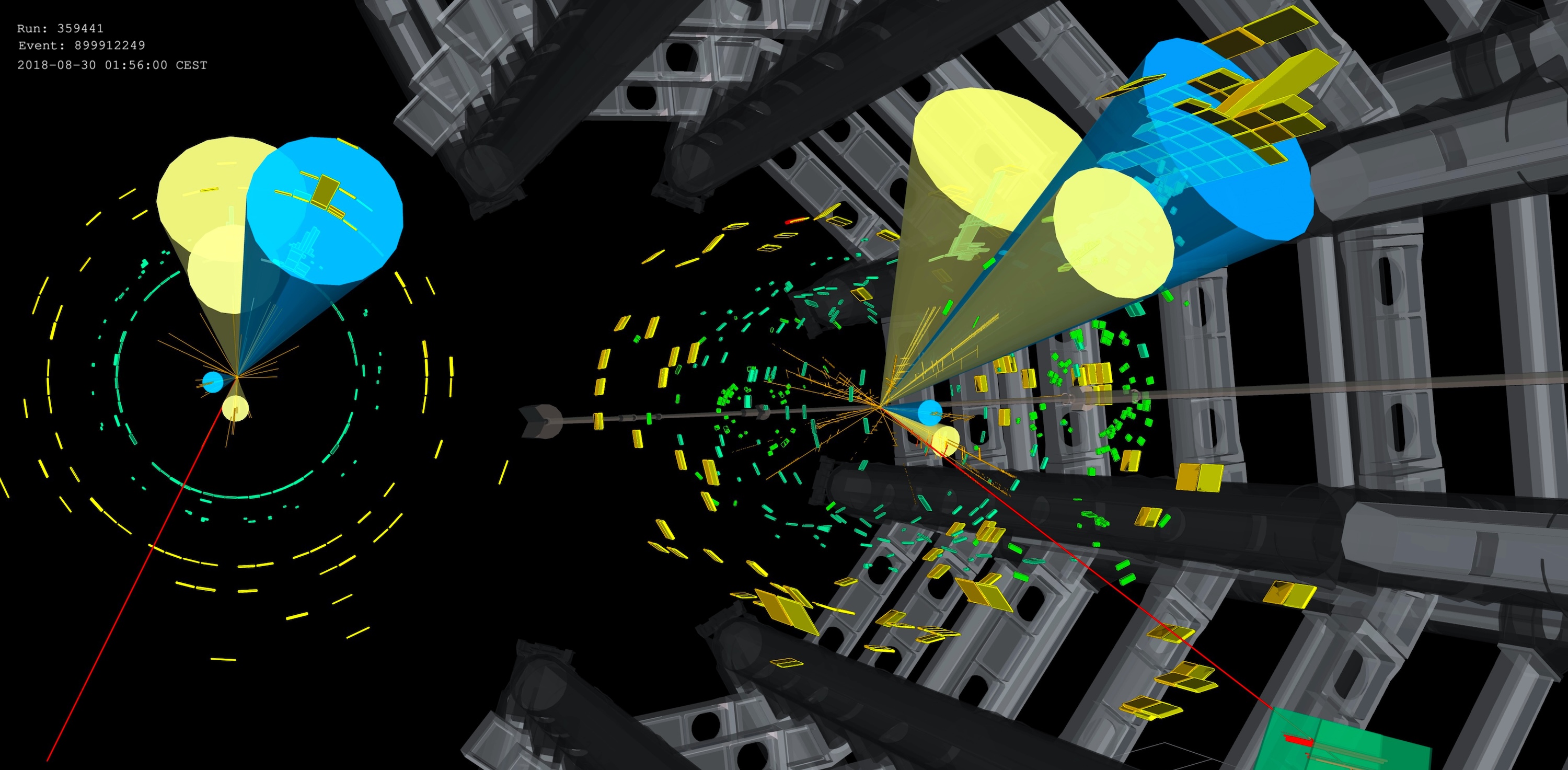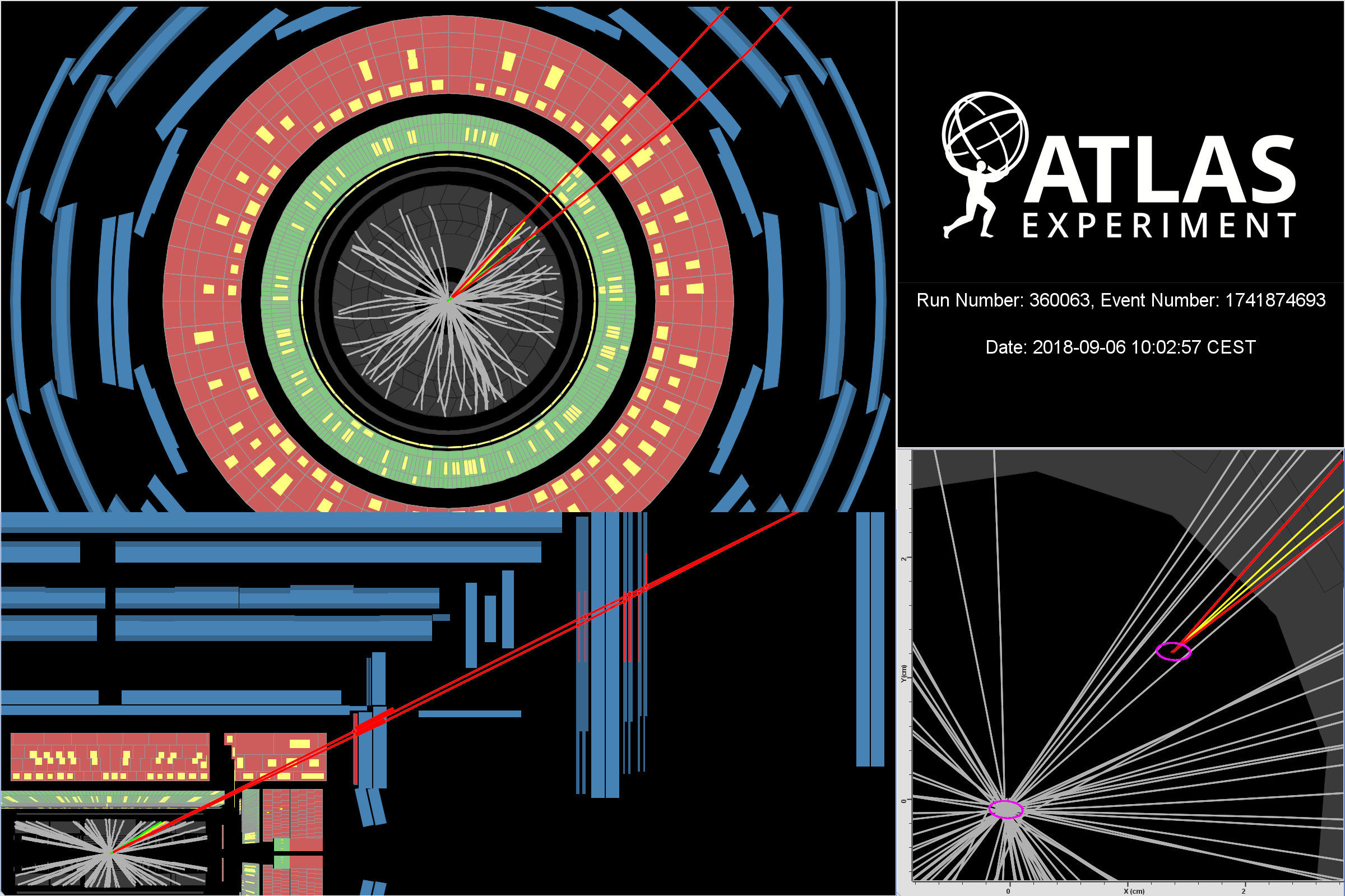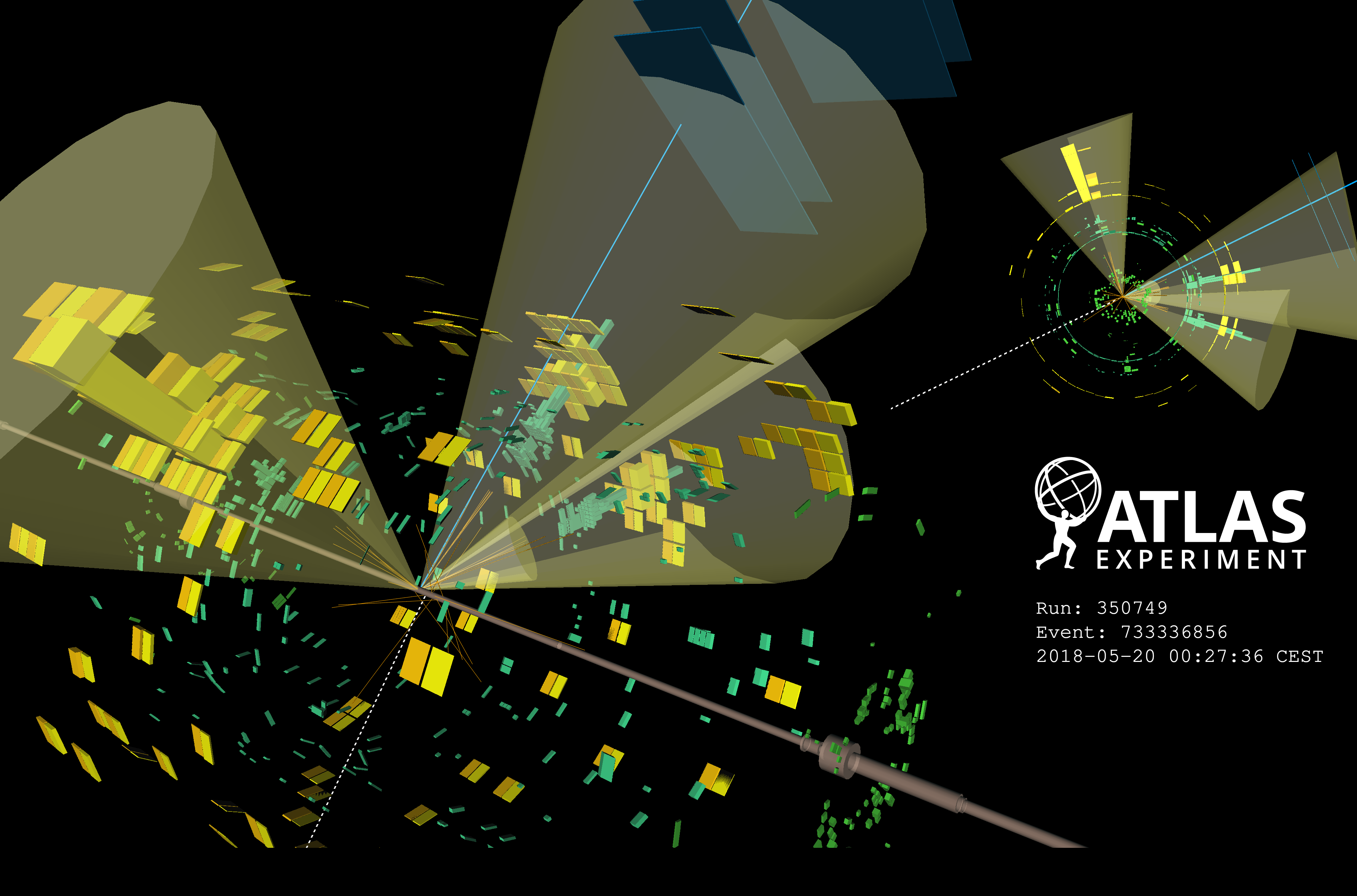Briefings
ATLAS expands its reach into the high-rate frontier
In a new paper published in Physical Review D, the ATLAS Collaboration presents a search for new particles decaying into dijets, based on 60 billion trigger-level events collected during LHC Run 2.
Transforming sensitivity to new physics with single-top-quark events
In a new analysis by the ATLAS Collaboration, researchers used this vast dataset to test whether the top quark is hiding signs of new physics. Their findings set the most comprehensive limits to date on a broad class of potential new-physics effects described by Effective Field Theory (EFT).
Shining light on the Weak force: ATLAS observes WWγ production
The ATLAS Collaboration reports its first observation of WWγ production – a rare process involving the simultaneous production of two W bosons and a photon.
ATLAS takes a closer look at the all-charm tetraquark
The ATLAS Collaboration used the full LHC Run-2 dataset (collected 2015–2018) to analyse all-charm tetraquark decays into two channels.
Hunting for jet quenching in collisions between oxygen nuclei
The ATLAS Collaboration has just released its first search for jet quenching in oxygen–oxygen collisions.
Bowling balls vs. bowling pins? ATLAS studies the unique shape of neon ions
The ATLAS Collaboration today presented their first study of oxygen and neon collisions at the Initial Stages conference, including first measurements of elliptic flow.
Turning the LHC into a Lepton-Proton Collider in the search for leptoquarks
In a newly released result, the ATLAS Collaboration conducted its first direct search for the “resonant” production of leptoquarks.
Extending the ARM of ATLAS computing
The ATLAS Collaboration has successfully ported its entire software ecosystem, consisting of several million lines of code in C++ and Python, to run on ARM CPUs.
ATLAS enters a new era of jet flavour tagging – powered by AI
Modern AI techniques are unlocking new ways to analyse particle collisions, and ATLAS is embracing the possibilities.
ATLAS closes in on rare Higgs decays
The ATLAS Collaboration finds evidence of Higgs-boson decays to muons and improves sensitivity to Higgs-boson decays to a Z boson and a photon.
Bound to be discovered?
In a new result presented today at EPS-HEP in Marseille, ATLAS physicists measured how often top-quark pairs are produced near the production threshold
ATLAS sets record limits on Higgs self-interaction using Run 3 data
A new study of the Higgs boson marks the first ATLAS measurement based on over 300 fb⁻¹ of proton–proton collision data, achieving an expected sensitivity comparable to that of the full Run 2 combination across all Higgs boson pair production channels.
Studying the Higgs boson across the scales
Using the full LHC Run 2 dataset (collected 2015 to 2018) and early Run 3 data (collected in 2022 and 2023), ATLAS physicists performed detailed measurements of Higgs-boson decays to W and Z boson pairs.
Shedding light with jets from the dark side
Researchers at the ATLAS Experiment are searching for a hidden “dark sector”, a realm of new sets of particles and forces that interact very weakly with the known matter, potentially producing elusive and puzzling signatures. In two new results, ATLAS physicists hunted for dark-sector physics using these distinctive jet signatures.
Exploring the W boson at extreme mass scales
ATLAS physicists have measured the cross section for W bosons with transverse masses between 200 GeV and 5 TeV.
ATLAS probes the Higgs mechanism in the scattering of W boson
The ATLAS Collaboration reported the first evidence – with 3.3σ significance – of vector boson scattering involving longitudinally polarised, same-sign W bosons
Displaced but not unnoticed: ATLAS in pursuit of Long-Lived Particles
In a new study submitted to Physical Review D, scientists at the ATLAS experiment leveraged the muon spectrometer’s size and precision tracking capabilities to search for neutral LLPs by identifying displaced decay vertices.
Learning from the Tau
The ATLAS Collaboration has published two new papers investigating the production of tau leptons in high energy proton-proton collisions.
Boosting precision of top-quark mass measurement with ATLAS
The ATLAS Collaboration at CERN performed its most precise single measurement of the mass of the top quark, using high-transverse-momentum (“boosted”) top quarks.
Massive vector bosons also come in triplets
The ATLAS Collaboration announces the first observation of “VVZ production” – a rare combination of three massive vector bosons produced simultaneously at the LHC.
The measurement of a lifetime
This week, the ATLAS Collaboration announced a new high-precision measurement of the lifetime of the B0 meson. The B0 meson is composed of a bottom quark and a down antiquark. Measurements of its lifetime – the average time it exists before decaying – provide an exceptional probe of physics processes beyond the Standard Model.
ATLAS observes top quarks in lead-lead collisions
The ATLAS Collaboration at CERN has observed top-quark pair production in lead-lead ion collisions, marking the first observation of this process in nucleus-nucleus interactions.
Why stop at two? ATLAS hunts for the production of three Higgs bosons
At this week’s Higgs2024 conference, the ATLAS Collaboration unveiled the first LHC search for tri-Higgs production – a process over 600,000 times rarer than the production of a single Higgs boson.
Cracking open the Higgs shell
ATLAS researchers are using innovative new techniques in their analysis of off-shell Higgs-boson production.
Advancements in particle tagging accelerate the search for new particles
The ATLAS Collaboration has released three major searches for new-physics phenomena, all utilising new advancements in particle tagging.






